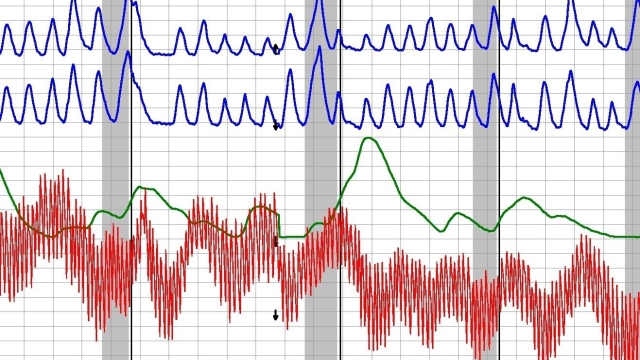
In a world where truth and deception often walk a fine line, the lie detector test has long been hailed as a beacon of light in the murky waters of deceit. Also known as a polygraph examination, this powerful tool has been utilized for decades to uncover the hidden truths that lie beneath the surface. Whether in high-stakes criminal investigations or routine background checks, the lie detector test has become synonymous with uncovering the tangled web of lies that individuals may weave in their attempts to obfuscate the truth.
The premise of the lie detector test is simple yet profound – to measure physiological responses to questioning in order to determine whether a person is being truthful or deceptive. Through the monitoring of indicators such as heart rate, blood pressure, and perspiration levels, the polygraph examiner is able to decipher subtle cues that may reveal the hidden truths that individuals strive to conceal. As the subject is questioned on a series of relevant topics, the lie detector test acts as a silent observer, interpreting the body’s involuntary responses to separate fact from fiction.
History of Lie Detector Tests
In the late 19th century, the groundwork for modern lie detector tests was laid down by Italian physiologist Cesare Lombroso. However, it was not until the early 20th century that the polygraph machine, the first true lie detector, was developed by American psychologist William Moulton Marston and his wife Elizabeth Holloway Marston.
Initially used as a tool in forensic investigations, the polygraph gained popularity within law enforcement agencies as a means to determine the truthfulness of suspects and witnesses. Throughout the mid-20th century, the polygraph test became a staple in criminal investigations as well as in the screening of personnel in government agencies and the private sector.
Polygraph
As technology advanced, computerized polygraph systems were introduced, offering greater accuracy and detail in detecting deception. Despite ongoing debates regarding the reliability and ethical implications of lie detector tests, they continue to be utilized in various fields such as law enforcement, national security, and even some employment screenings.
How Lie Detector Tests Work
Lie detector tests, also known as polygraph tests, operate on the principle that a person’s physiological responses can indicate whether they are being truthful or deceptive. These tests typically measure various physiological factors such as heart rate, blood pressure, and respiration while the individual is asked a series of questions.
During a lie detector test, the individual being examined is connected to sensors that monitor their physiological responses. The examiner asks a series of carefully crafted questions, focusing on obtaining truthful responses for comparison. Any significant deviations in the physiological responses during specific questions may indicate deception.
While lie detector tests are widely used in certain settings such as law enforcement and pre-employment screenings, their accuracy and reliability have been a subject of debate. Critics argue that factors such as stress, anxiety, and other emotions can influence the results, leading to potential inaccuracies.
Limitations of Lie Detector Tests
Lie detector tests have limitations that can affect their accuracy. One limitation is that individuals who are highly trained in countermeasures can potentially deceive the test. This can lead to false results, making it challenging to rely solely on the test’s outcome.
Another limitation of lie detector tests is that certain medical conditions or medications may impact the individual’s physiological responses, causing inaccuracies in the test results. It is important to consider these factors when interpreting the results of a lie detector test to prevent misunderstandings or false accusations.
Additionally, the interpretation of lie detector test results can be subjective, as different examiners may analyze the data in varying ways. This subjectivity can introduce potential biases or errors, highlighting the importance of using lie detector tests as just one tool in a broader investigative process.


